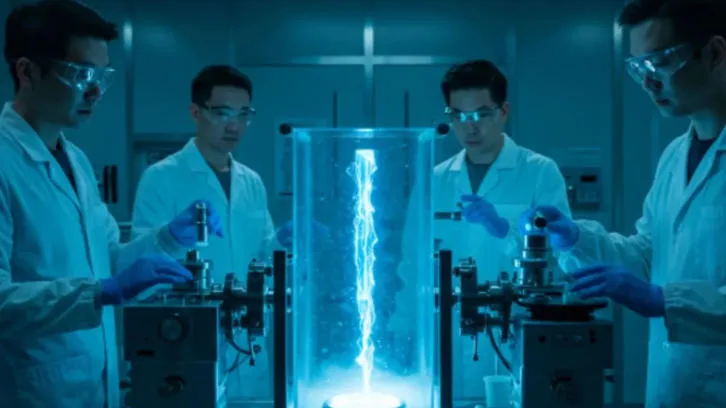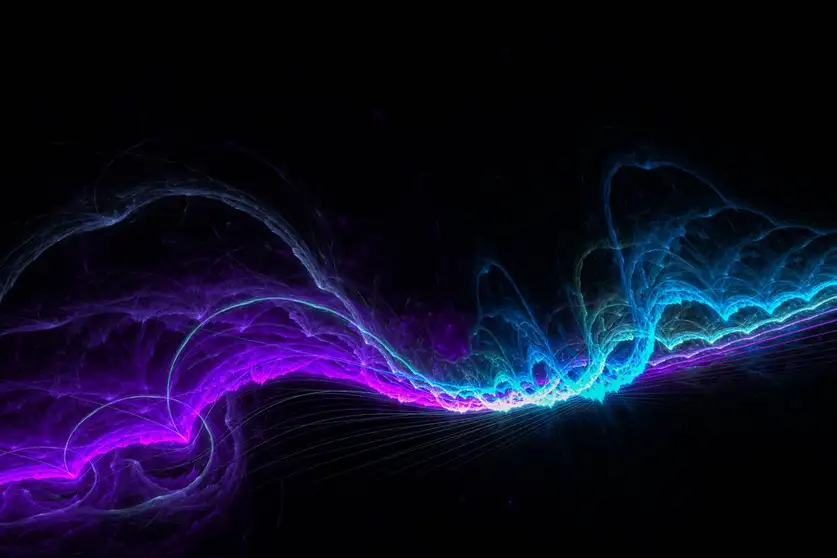Italian scientists have announced a significant discovery by effectively “frozen” light. This achievement of breakthrough in quantum physics can prove that it can behave like a super solid, a rare form of matter.
This exciting discovery about Light challenges traditional understanding of light and opens new possibilities for quantum computing, optical communication, and materials science.

What is super solid?
A Super solid is an exotic phase of matter that has both the stiffness of a solid and the fluidity of a superfluid. Only Bose-Einstein condensates a state of matter created when a collection of bosons is cooled to almost absolute zero, causing them to occupy the same quantum state, have up till now shown super solidity.
How was it done?
The researchers created a supersolid state in light using quantum techniques rather than the conventional freezing method, which involves reducing the temperature to change a liquid into a solid. In order to control photons in a way akin to that of electrons in conductors, they employed a semiconductor platform.
Normally, when a liquid freezes, its molecules slow down and align into a structured solid form.

But, in experiment, scientists worked with light at temperatures near absolute zero, where quantum effects have power and influence. In thermodynamics, absolute zero temperature means 0 Kelvin (-273.15°C / -459.67°F), Absolute zero is the lowest possible temperature. At a temperature of absolute zero there is no motion and no heat. In this temperature molecular motion nearly ceases. Absolute zero itself is unattainable temperature and scientists can achieve temperatures infinitesimally close to it in controlled laboratory settings.
Listen the article here-
The experiment and findings are based on a concept called Bose-Einstein condensate (BEC). In Bose-Einstein condensate particles move together as one unit at extremely low temperatures. When too many particles of light, photons, were present, they started behaving in an unusual way, forming patterns that showed supersolid behavior.
The researchers explained, “These photons form satellite condensates that have opposite nonzero wave numbers but the same energy’.

Implications of the discovery
the discovery has profound implications for the future of quantum technology. One of the most promising applications is in quantum computing, where super solid light could enhance the stability of qubits, the fundamental units of quantum computation and which are critical for the development of quantum computing.
This breakthrough goes beyond theoretical significance, offering practical applications in various scientific fields.
The study concludes
This discovery gives scientists a new way to study light and could lead to advances in quantum physics and technology. The supersolid state emerges, and a spatial modulation in the density of photons in the system occurs that is characteristic of the supersolid state.

1 comment
Morne Momb
Light in to solid, sound fantastics